Talk to me, el lenguaje de los objetos
Talk to Me es una de las exposiciones que se presentaba en el MOMA (también accesible online). Como recoge Rob Walker en este artículo, “no solamente destacar el alto nivel de imaginación del proyecto… Es ese tipo de imaginación que provoca, subertiva, emociona y hace cambiar la forma como el visitante piensa, no sólo sobre el futuro, sino también sobre el presente”.
Se trata de casi 200 objetos que van desde un cubo de rubick para personas ciegas, hasta el “escuchador de árboles“. Aquí algunos ejemplos:
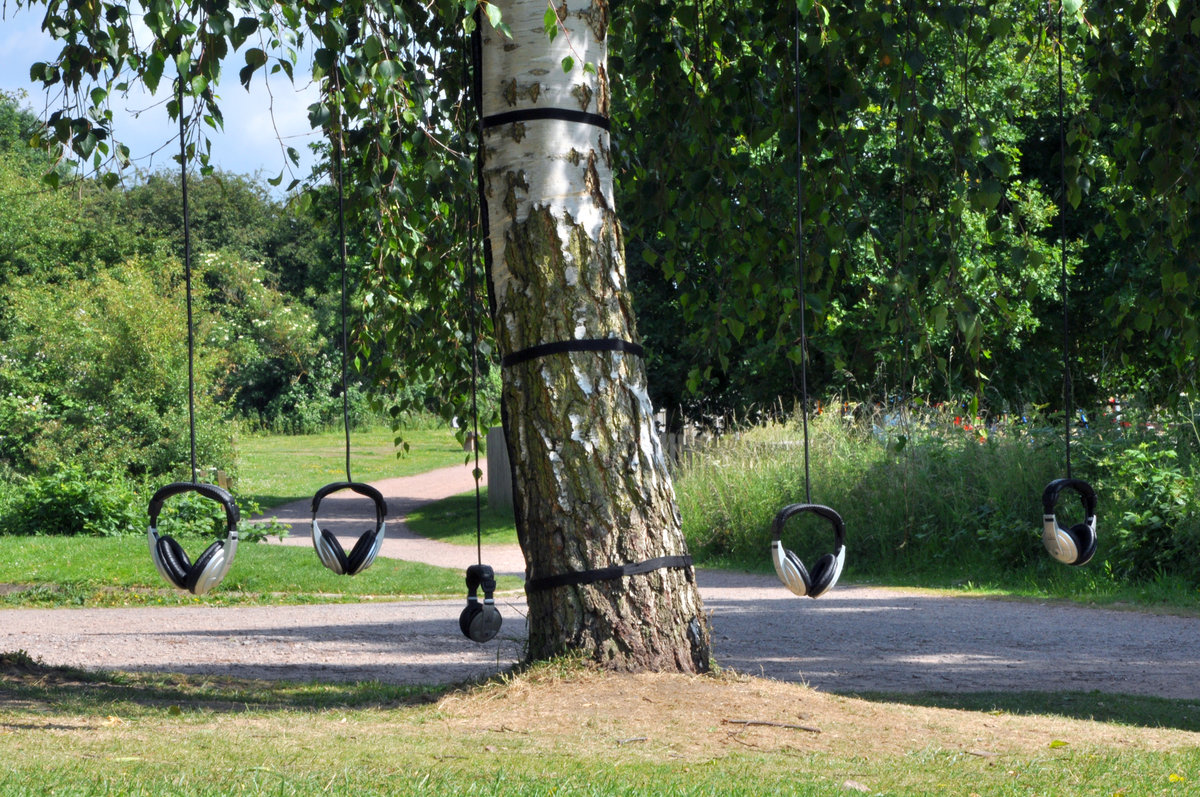 Alex Metcalf’s Tree Listening installations reveal to us what happens inside a tree, where water and nutrients ascend from roots to leaves through a complex hydraulic system of xylem tubes in the trunk. To create a sensory glimpse into this system, Metcalf designed a listening device, powered by solar energy, that is placed on a tree trunk, linked to an amplifier, and connected to a series of headphones that hang from the branches of trees in various locations in London and around the United Kingdom. Through the headphones, passersby can listen to a tree’s inner workings—“a quiet popping sound,” Metcalf describes, produced by the water passing through the xylem cells, as well as “a deep rumbling sound” in the background, produced by the tree’s movements. Through the device, the tree bark is figuratively stripped away, revealing a unique soundscape that enhances our appreciation and understanding of trees. The installation joins science and art in a multilayered interaction with the natural world.
Alex Metcalf’s Tree Listening installations reveal to us what happens inside a tree, where water and nutrients ascend from roots to leaves through a complex hydraulic system of xylem tubes in the trunk. To create a sensory glimpse into this system, Metcalf designed a listening device, powered by solar energy, that is placed on a tree trunk, linked to an amplifier, and connected to a series of headphones that hang from the branches of trees in various locations in London and around the United Kingdom. Through the headphones, passersby can listen to a tree’s inner workings—“a quiet popping sound,” Metcalf describes, produced by the water passing through the xylem cells, as well as “a deep rumbling sound” in the background, produced by the tree’s movements. Through the device, the tree bark is figuratively stripped away, revealing a unique soundscape that enhances our appreciation and understanding of trees. The installation joins science and art in a multilayered interaction with the natural world.
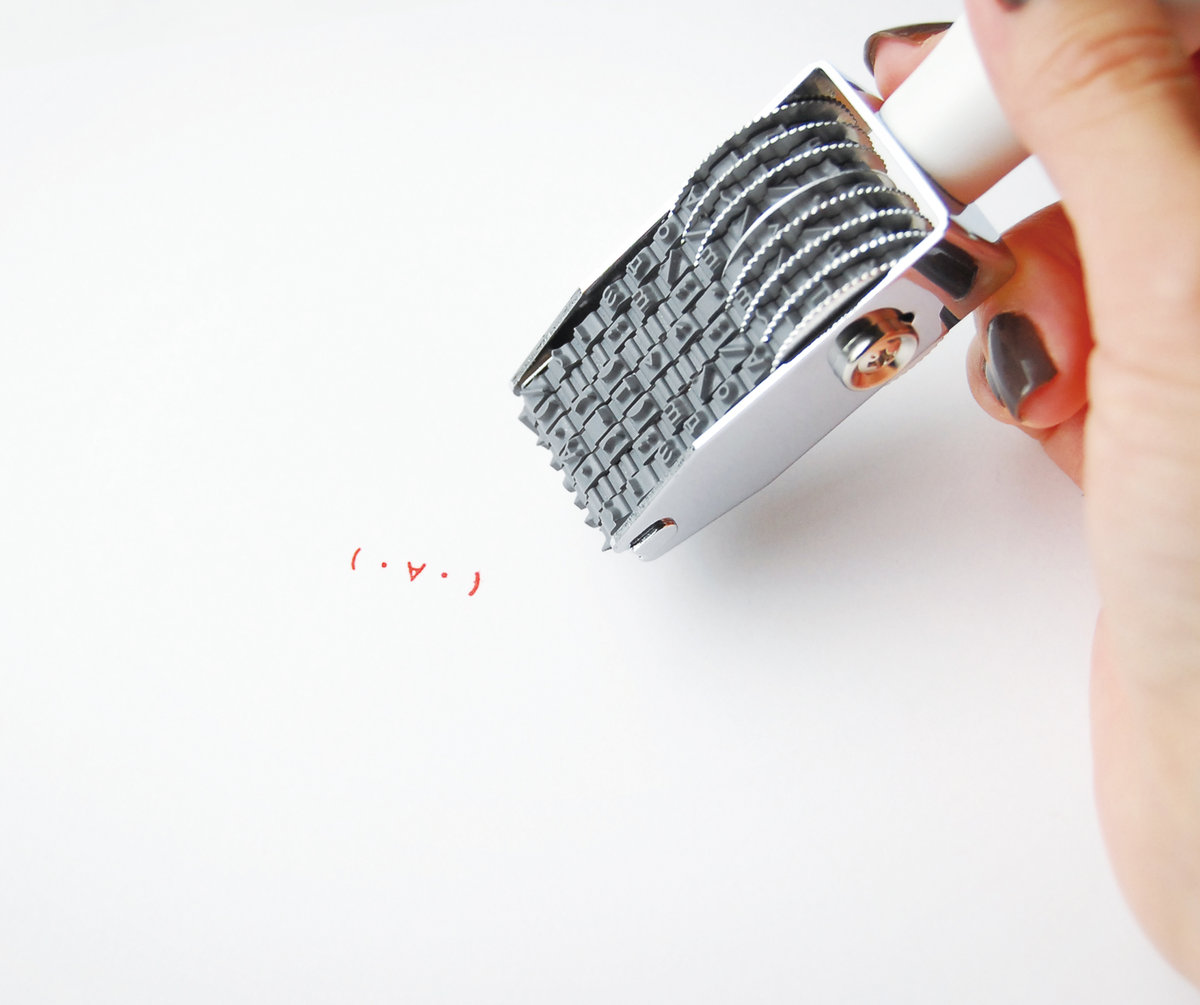
Un típico sello tradicional que cambia la fecha por puntos de puntuación permitiendo crear más de 2000 emoticonos. Emoticons have become both staples and clichés of digital communication. Kaoiro (meaning “facial expression” in Japanese) is a low-tech emoticon device in the form of an old-fashioned date stamp. Seven belts with 20 punctuation symbols each can be used in combination to create more than 2,000 analog emoticons to stamp on letters, notes, and books. Kaoiro introduces a uniquely digital mode of expression into the realm of ink and paper and, made by hand at a small artisanal stamp factory in Japan, also unites the disparate worlds of lightning-quick communication and time-tested craft.
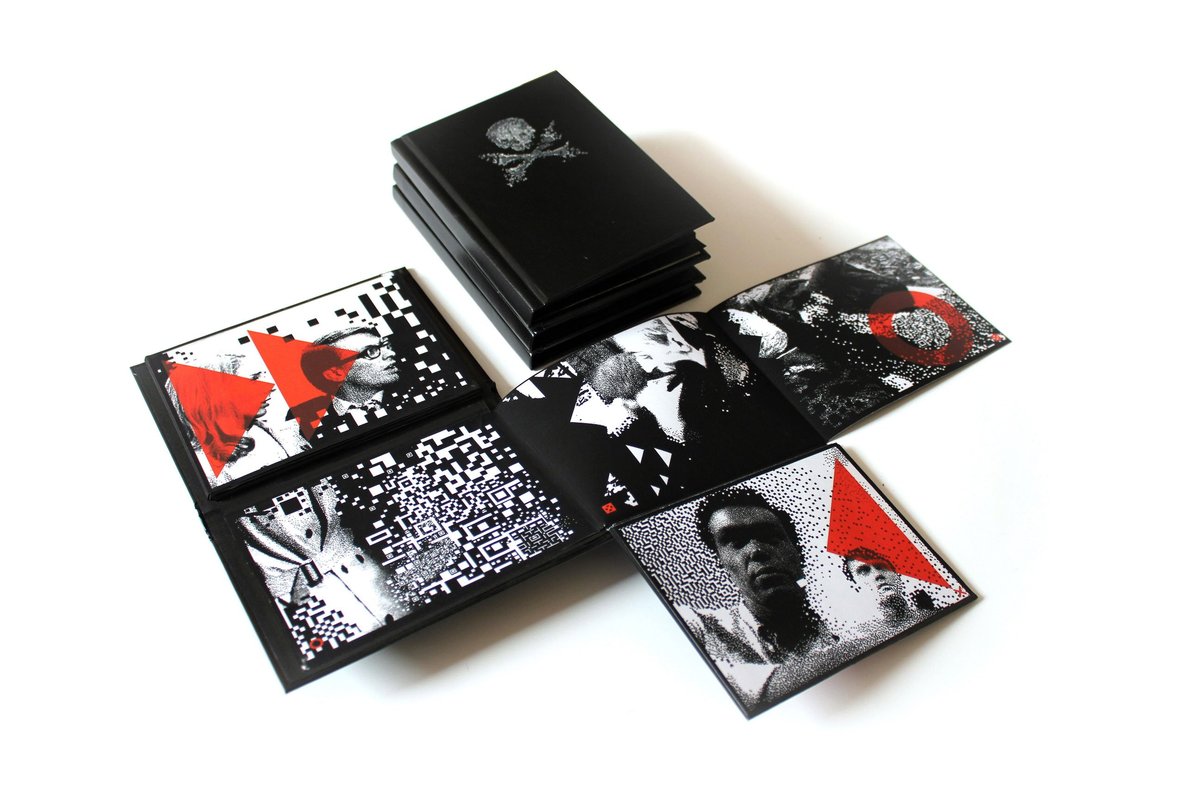
Un curioso libre que permite elegir la historia y a través de código QR generar toda la secuencia elegida al final. This book allows a user to navigate a choose-your-own-adventure story through folding patterns that physically trace her journey and decisions. Near the end of any particular path, a smartphone and QR tag can be used to link to an online video segment that brings the story to an interactive conclusion.
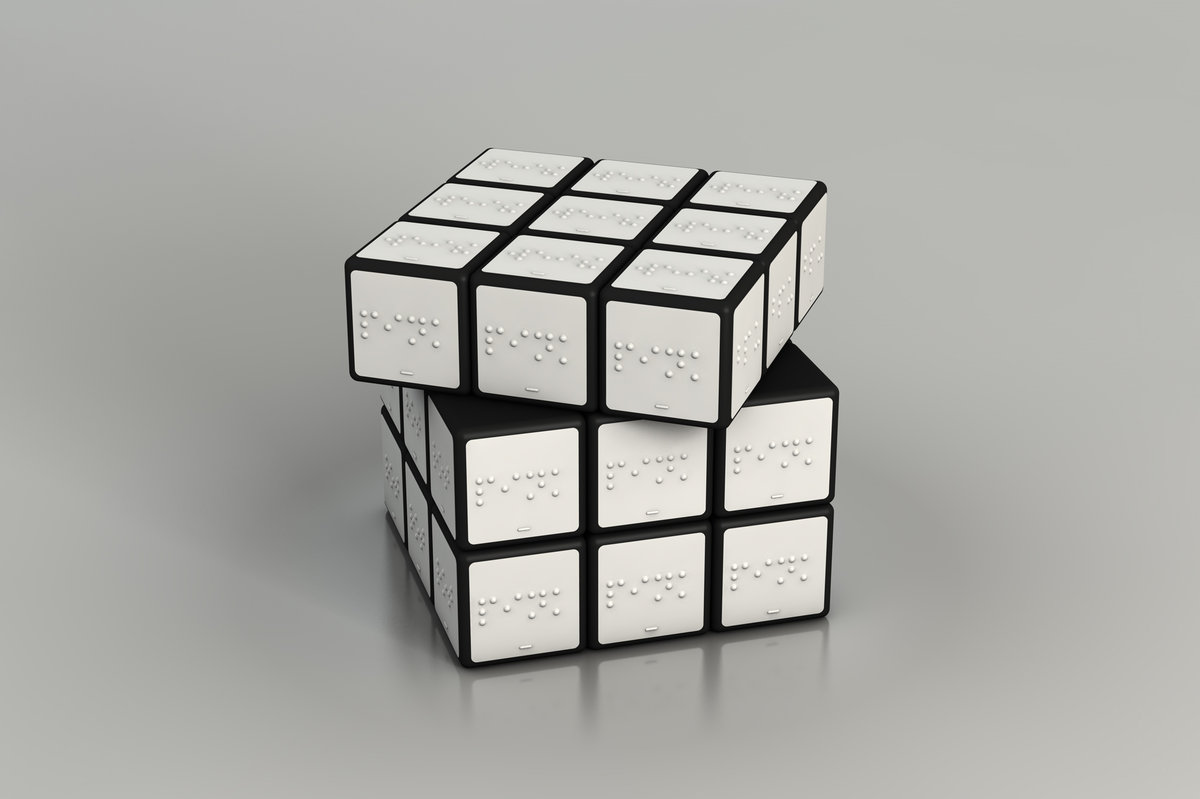 Konstantin Datz has reimagined the popular Rubik’s Cube for people who cannot see the toy’s original colors. Datz stuck white panels embossed with the Braille words for each color over the squares, transforming the game from a visual puzzle into a tactile one.
Konstantin Datz has reimagined the popular Rubik’s Cube for people who cannot see the toy’s original colors. Datz stuck white panels embossed with the Braille words for each color over the squares, transforming the game from a visual puzzle into a tactile one.
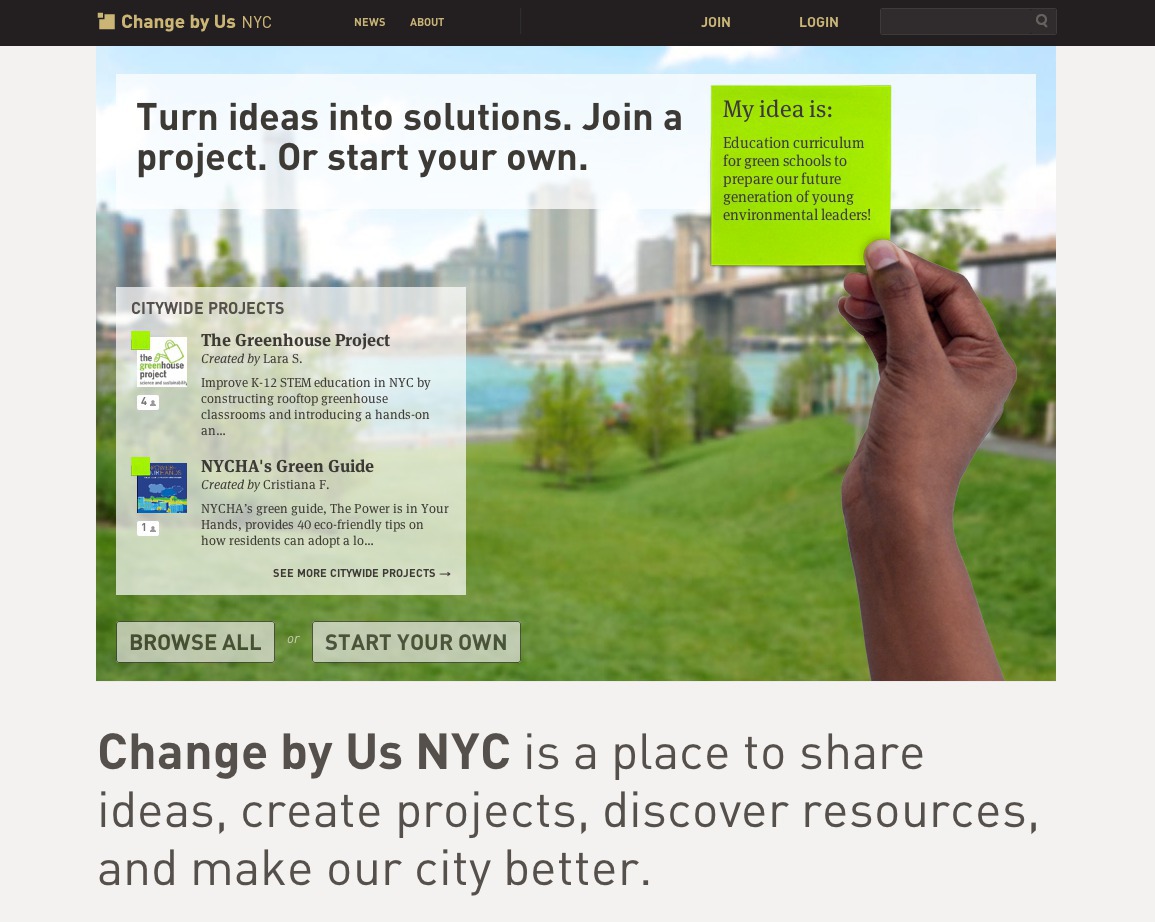 This online interface takes the philosophy of Twitter to a colorful platform for public discourse and citizen-led problem-solving. Short city- and issue-based prompts—for example, “What would encourage you to walk, bike and take public transportation more often?” or “What skills would you love to develop professionally or put to use?”—are periodically posted on the website, and visitors submit answers by phone or online. The resulting patchwork of ideas, appearing as a wall of digital Post-it notes, is then reviewed by community leaders, who can also respond to their favorite posts, and can be shared by other visitors. The interface becomes a live space for conversation, as well as connecting ideas with the people who can make them happen. Local Projects is a New York–based company specialized in interactive design of interfaces and experiences.
This online interface takes the philosophy of Twitter to a colorful platform for public discourse and citizen-led problem-solving. Short city- and issue-based prompts—for example, “What would encourage you to walk, bike and take public transportation more often?” or “What skills would you love to develop professionally or put to use?”—are periodically posted on the website, and visitors submit answers by phone or online. The resulting patchwork of ideas, appearing as a wall of digital Post-it notes, is then reviewed by community leaders, who can also respond to their favorite posts, and can be shared by other visitors. The interface becomes a live space for conversation, as well as connecting ideas with the people who can make them happen. Local Projects is a New York–based company specialized in interactive design of interfaces and experiences.
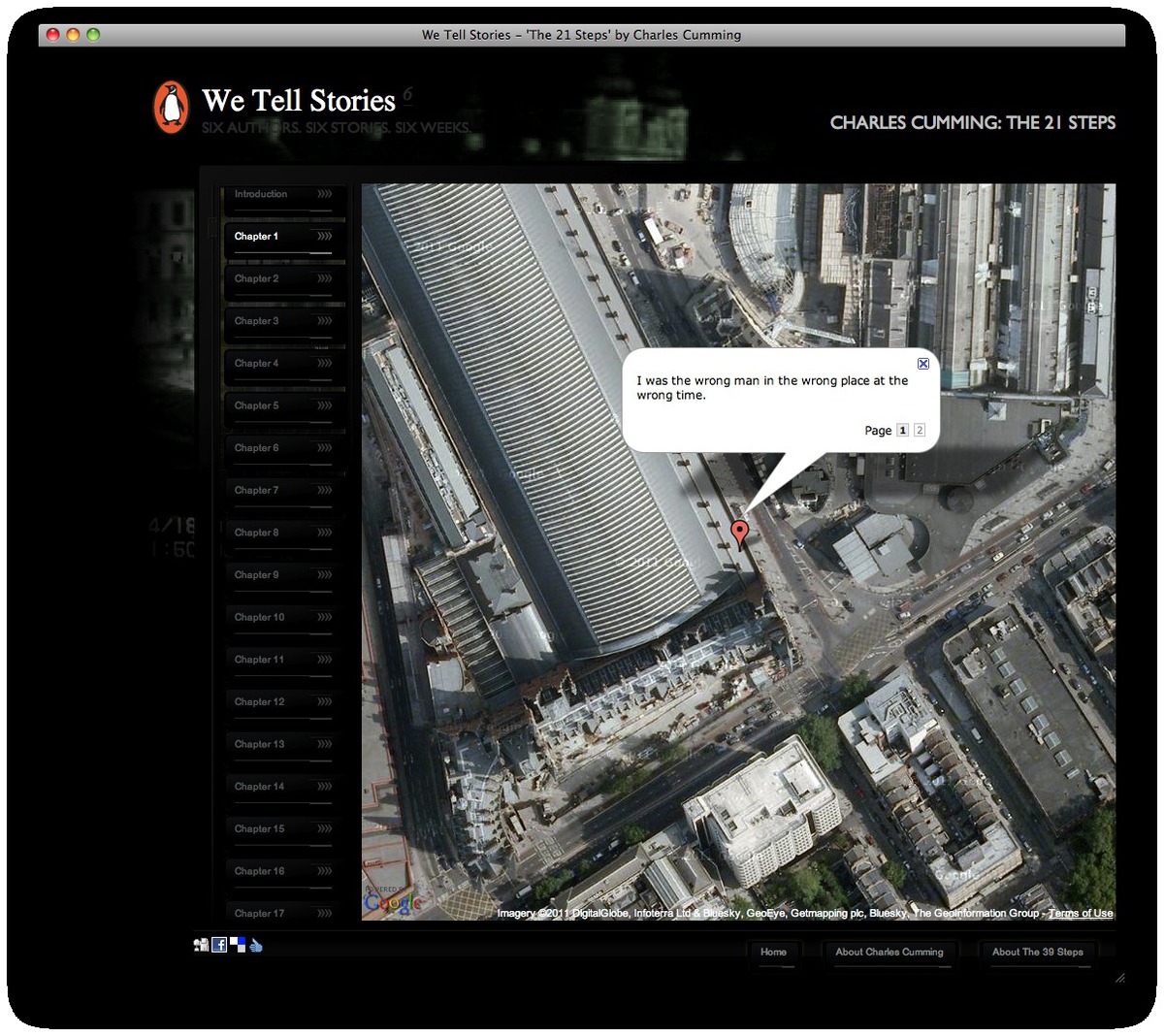 In this digital writing project, Penguin UK collaborated with six popular writers—whose work ranges from literary fiction to mysteries to young adult novels—to innovate stories and forms of storytelling that take advantage of the “immediacy, connectivity and interactivity” of online space. In one story, two authors co-wrote the narrative in real time, unfolding it like an intimate conversation; in another, a bird’s-eye map view indicates precisely where the action is taking place; in another, the choose-your-own-adventure trope is enriched as the reader must not only choose an outcome, but also physically move in the corresponding direction. We Tell Stories aims to transform reading fiction into a new kind of immersive experience and elicit a heightened level of interaction with the imaginary.
In this digital writing project, Penguin UK collaborated with six popular writers—whose work ranges from literary fiction to mysteries to young adult novels—to innovate stories and forms of storytelling that take advantage of the “immediacy, connectivity and interactivity” of online space. In one story, two authors co-wrote the narrative in real time, unfolding it like an intimate conversation; in another, a bird’s-eye map view indicates precisely where the action is taking place; in another, the choose-your-own-adventure trope is enriched as the reader must not only choose an outcome, but also physically move in the corresponding direction. We Tell Stories aims to transform reading fiction into a new kind of immersive experience and elicit a heightened level of interaction with the imaginary.
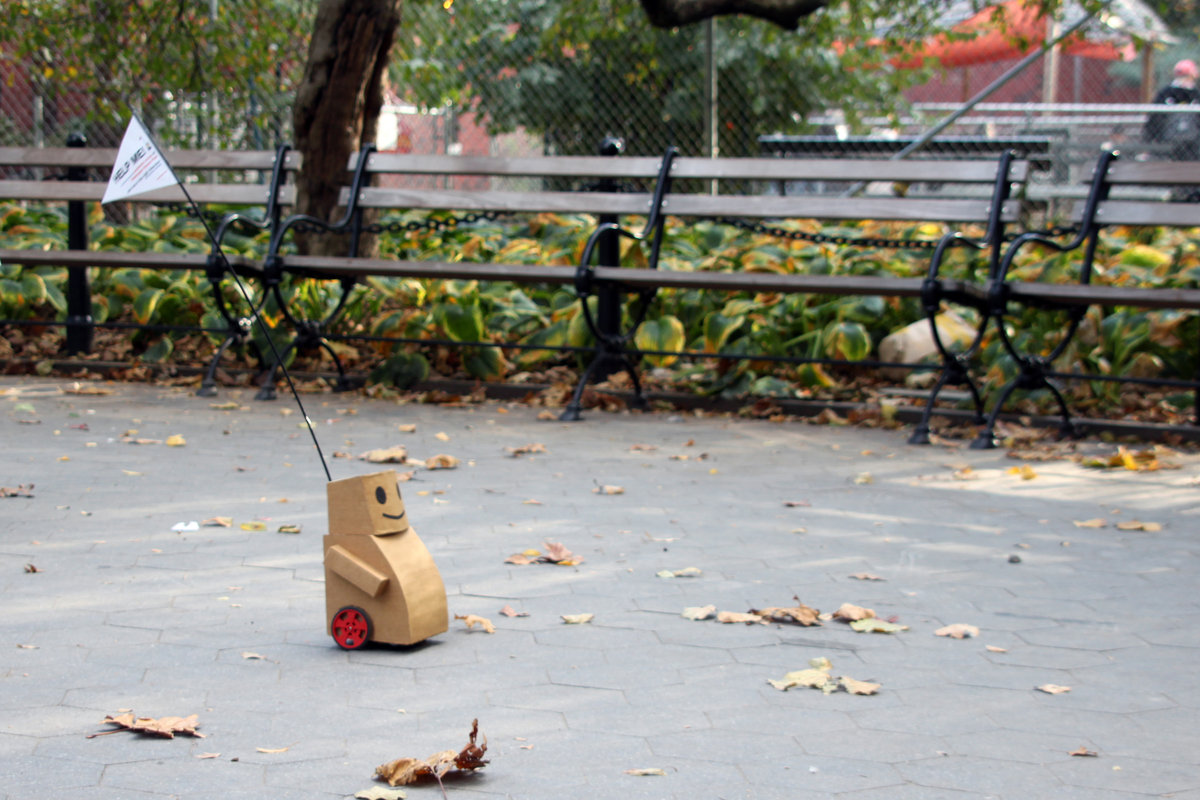 Tweenbots are small, constantly moving robots that depend on the kindness of strangers to get where they are going. Interaction designer Kacie Kinzer sent Sam, the best traveled of the Tweenbots, on many missions in New York City’s Washington Square Park, armed only with a flag that asked passersby to point him toward a particular destination. She fully expected that Sam—made of a battery-operated motor and cardboard—would be crushed, lost, or thrown away, but surprisingly (or unsurprisingly, depending on how helpful you believe New Yorkers to be) he always arrived safely at his destination.
Tweenbots are small, constantly moving robots that depend on the kindness of strangers to get where they are going. Interaction designer Kacie Kinzer sent Sam, the best traveled of the Tweenbots, on many missions in New York City’s Washington Square Park, armed only with a flag that asked passersby to point him toward a particular destination. She fully expected that Sam—made of a battery-operated motor and cardboard—would be crushed, lost, or thrown away, but surprisingly (or unsurprisingly, depending on how helpful you believe New Yorkers to be) he always arrived safely at his destination.
Y así hasta 194 proyectos y objetos que como mínimo curiosos. Por desgracia, la exposición termina el 7 de noviembre de 2011, pero puedes ver la ficha, fotos y vídeos de los objetos en la web: http://moma.org/interactives/exhibitions/2011/talktome/
- Bitácora de fbalague
- Log in or register to post comments


